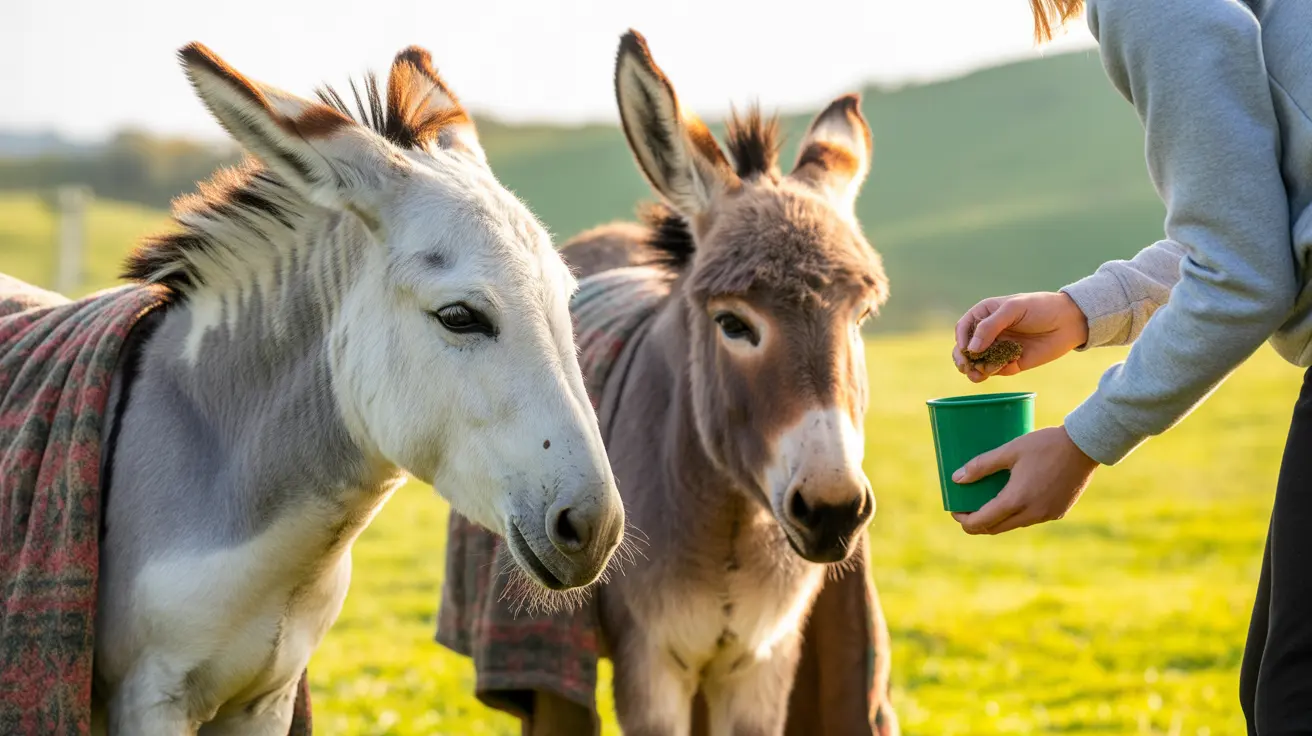A recent farmhouse fire on Naneum Road in Kittitas County resulted in the devastating loss of two animals, underscoring the critical importance of comprehensive farmhouse fire prevention strategies. The incident, which occurred late Thursday night, serves as a sobering reminder of the unique fire risks faced by rural properties housing animals.
This tragic event highlights why farm owners and rural residents must prioritize fire safety measures to protect both structures and animals. With agricultural properties facing distinct challenges in fire prevention and emergency response, understanding and implementing proper safety protocols becomes paramount.
Rural Farm Fire Risks: Understanding the Challenges
Rural properties face unique fire safety challenges that urban locations don't typically encounter. Distance from emergency services, limited water access, and the presence of combustible materials like hay and bedding all contribute to increased fire risks. These factors make it essential for farm owners to maintain robust fire prevention systems and protocols.
Electrical Safety on Farms: A Critical Priority
Proper electrical maintenance stands as one of the most crucial aspects of farm fire prevention. Regular inspections of wiring systems, particularly in older buildings, can help identify potential hazards before they lead to devastating consequences. Farm owners should:
- Schedule regular electrical system inspections
- Replace damaged wiring immediately
- Avoid overloading circuits
- Keep electrical panels clear and accessible
Fire Safety Equipment for Rural Properties
Every farm building should be equipped with essential fire safety tools and systems. This includes:
- Fire extinguishers strategically placed throughout buildings
- Smoke detectors specifically designed for barn environments
- Emergency lighting systems
- Clearly marked exits and evacuation routes
Animal Evacuation Plan: Being Prepared
Having a well-thought-out evacuation plan for animals is crucial during fire emergencies. This plan should include:
- Designated safe gathering areas
- Multiple exit routes
- Easy access to halters and leads
- Updated animal identification records
- Emergency contact information
Fire Emergency Plan for Livestock
Creating and maintaining an effective emergency response plan can mean the difference between life and death during a farm fire. Key elements should include:
- Regular staff training on evacuation procedures
- Clear communication protocols
- Designated responsibilities during emergencies
- Updated contact lists for emergency services
Frequently Asked Questions
What are the most effective fire prevention measures to protect animals and structures on a rural farm?
Effective measures include installing interconnected smoke alarms and fire extinguishers in animal housing areas, maintaining electrical wiring, removing combustible debris around buildings, enforcing no-smoking policies, and having clear evacuation plans for animals.
How can I prepare my livestock and pets for a potential farmhouse or barn fire?
Prepare by keeping halters and leads near animals, practicing regular fire evacuation drills with farm staff, ensuring accessible emergency exits, maintaining updated animal health records, and having an emergency kit ready for quick transport.
Why are farmhouse and barn fires so common in rural areas, and what makes emergency response challenging?
These fires are common due to the presence of combustible materials like hay, bedding, and machinery, combined with possible electrical faults and heating equipment. Emergency response is challenging because rural areas often have longer fire engine travel times, limited water sources, poor nighttime visibility, and complex farm layouts.
Protecting Your Farm's Future
The recent tragedy on Naneum Road serves as a powerful reminder that fire safety must remain a top priority for rural property owners. By implementing comprehensive fire prevention strategies, maintaining proper safety equipment, and having clear evacuation plans, farm owners can better protect their animals and property from devastating fires.
Remember that fire safety is an ongoing commitment requiring regular updates, maintenance, and practice. Take time today to review your farm's fire safety measures and make any necessary improvements to help prevent similar tragedies from occurring.






